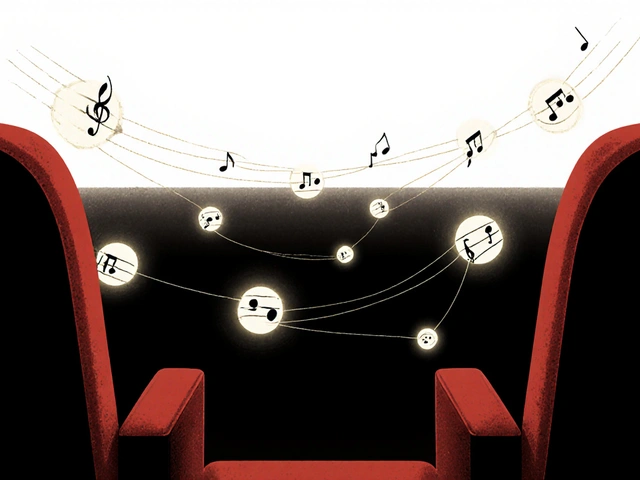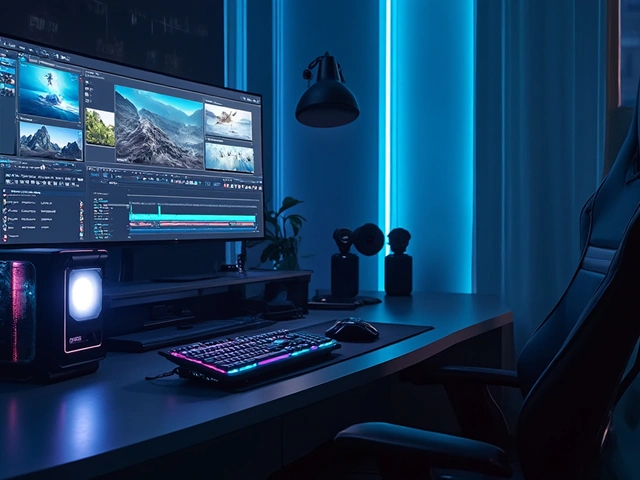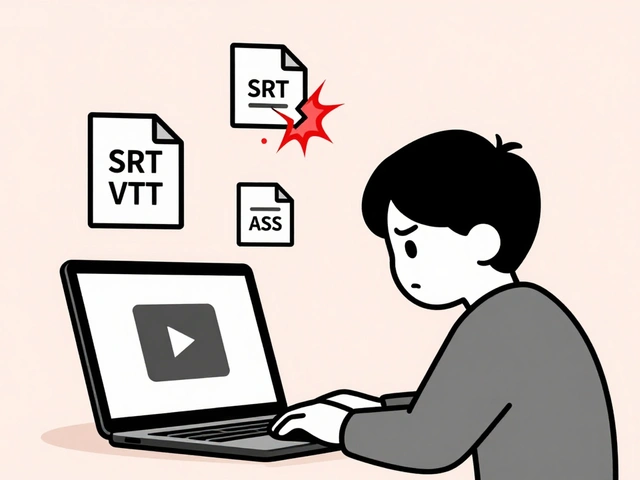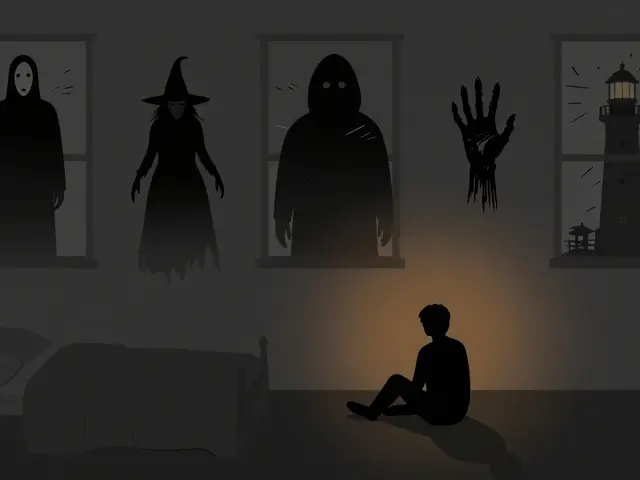27
Score Mixing in Dolby Atmos: Spatial Music for Modern Cinemas

When you sit in a modern cinema and hear a violin glide from behind you to the left speaker, then swirl over your head before fading into the distance, you’re not hearing a trick of the mind-you’re hearing score mixing in Dolby Atmos. This isn’t just louder music. It’s music that moves, breathes, and lives in the same space as the on-screen action. For composers and sound designers, this shift from stereo or 5.1 surround to immersive audio has rewritten the rules of how emotion is built into film scores.
What Makes Dolby Atmos Different for Music
Traditional film scores were mixed for fixed speaker channels: left, center, right, left surround, right surround, and a subwoofer. The music was glued to the front stage, even when the scene showed characters walking through a forest or flying over a city. Dolby Atmos changes that by adding height channels and object-based audio. Instead of assigning a sound to a speaker, you place it as a point in 3D space. That means a harp arpeggio can drift from the ceiling down to the front left, while cellos pulse beneath the audience’s seats. This isn’t just about fancy effects. It’s about emotional precision. In a tense scene from Interstellar, Hans Zimmer used the Atmos system to make the organ’s low notes feel like they were vibrating the walls of the theater-not just coming from the speakers. That physical sensation deepens the dread. In Everything Everywhere All At Once, the score shifts between dimensions using spatial panning: one moment, the music is right beside you; the next, it’s echoing from a different reality above. These aren’t random tricks. They’re intentional compositional choices enabled by Atmos.How Score Mixing in Dolby Atmos Works
Mixing a score for Atmos isn’t like panning in stereo. You’re working with up to 128 discrete audio objects, each with position, size, and movement data. A single violin section might be split into five separate objects, each assigned to a different location in the room. This lets the mixer control how the sound moves in real time. Here’s how it breaks down:- Objects: Individual sounds like a solo flute or a drum hit. These can be placed anywhere in the 3D space.
- Beds: Background layers like strings or pads that fill the room. These are assigned to speaker groups (like front height or rear surround).
- Metadata: The invisible instructions that tell the theater’s system where and how to play each object. This is what makes the same mix sound right in a 7.1.4 theater or a 5.1.2 home system.
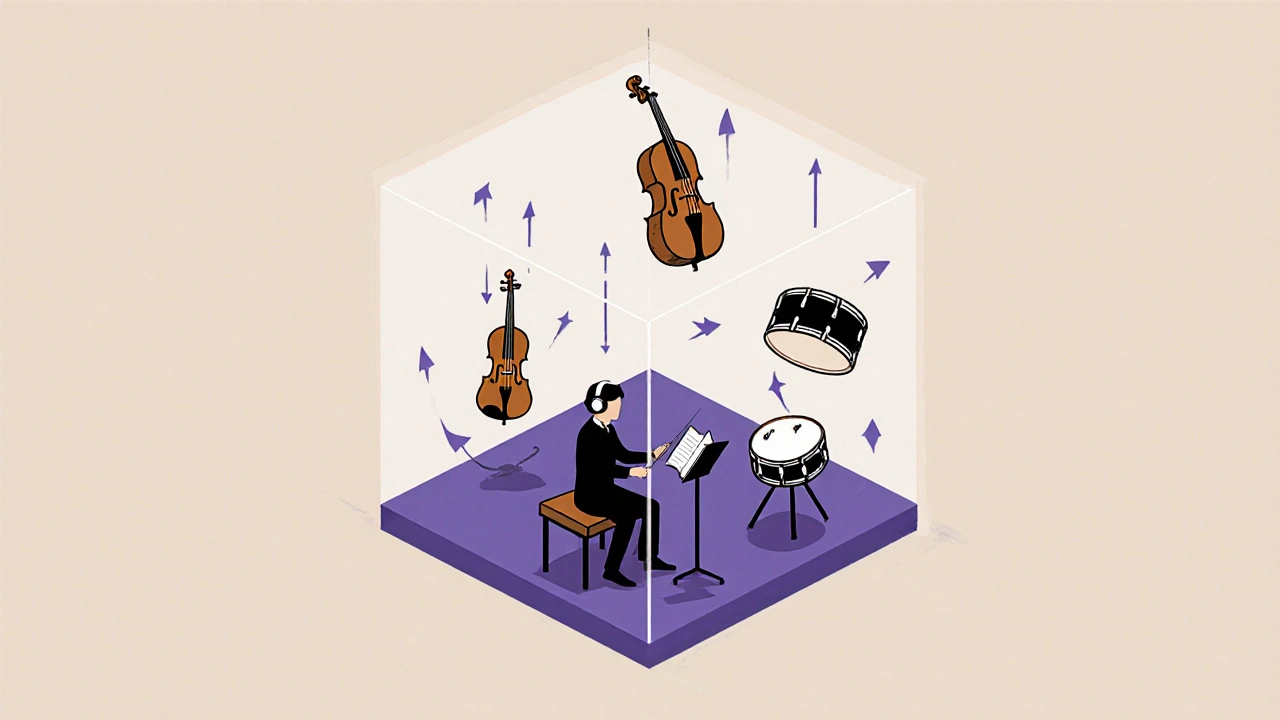
Why Film Composers Are Switching
Composers like Ramin Djawadi (Game of Thrones, Westworld) and Ludwig Göransson (Black Panther) now write with Atmos in mind from the start. They don’t just compose melodies-they compose movement. Djawadi once said he’d sketch out a theme not just in notes, but in trajectories: "Where does this motif enter? Where does it leave? Does it circle the room or drop straight down?" This shift means composers are working more like architects than just melody writers. They’re thinking about how sound fills space, how silence can be positioned, and how movement creates tension. In Oppenheimer, Ludwig Göransson used low-frequency pulses that traveled from the rear to the front, mimicking the slow build of a nuclear detonation. The music didn’t just accompany the scene-it became part of the physics. The result? Audiences feel more immersed. Studies from the University of Southern California’s Media Arts & Practice department found that viewers reported 37% higher emotional engagement when scores were mixed in Atmos versus traditional surround. That’s not just preference-it’s a measurable impact on storytelling.Common Mistakes in Spatial Score Mixing
Not every Atmos score works. Some end up sounding like a sound effect library gone wild. Here are the top three mistakes:- Overloading the height channels: Putting every instrument overhead makes the music feel disconnected from the action. The best Atmos mixes use height sparingly-only for emotional peaks or spatial transitions.
- Ignoring the center channel: Dialogue and lead melodies still need to anchor in the center. If the main theme floats left and right, the audience loses emotional focus.
- Not testing in real theaters: A mix that sounds perfect on studio monitors can collapse in a commercial cinema. The acoustics, speaker placement, and even the carpet matter. Many studios now use Dolby-certified reference theaters for final checks.

Tools and Workflow for Modern Film Composers
To mix in Atmos, you need more than a DAW. You need:- Dolby Atmos Renderer: The core software that handles object placement and metadata generation. It’s the only tool that can create the final .atmos file.
- Monitoring system: At minimum, a 7.1.4 speaker setup. Many studios use Dolby’s certified reference monitors with calibrated room correction.
- Compatible DAW: Pro Tools Ultimate, Reaper, or Logic Pro 10.8+ with Atmos plugins. Cubase Pro also supports Atmos via third-party tools.
- Metadata editor: For fine-tuning object movement, like adjusting the speed of a sound moving from left to right.
The Future of Spatial Music in Film
The next wave isn’t just bigger speakers-it’s smarter sound. Dolby is testing AI-assisted spatialization tools that can suggest object placements based on on-screen motion. Imagine a scene where a character runs through a hallway: the AI detects the movement and automatically pans the score to follow them, keeping the music locked to their path. Streaming platforms like Apple Music and Amazon Music now support Atmos music, and Netflix requires Atmos for all original films. That means more composers will need to learn this language. Film schools in Los Angeles, London, and Sydney are already adding Atmos mixing to their curriculum. By 2027, it’s expected that over 80% of major studio films will be mixed in Atmos. This isn’t a trend. It’s the new standard. The days of flat, front-loaded film scores are fading. The future belongs to music that doesn’t just play-it travels, transforms, and surrounds you.Can you mix a film score in Dolby Atmos without a special studio?
Yes, but with limits. You can start with a home setup using a 5.1.2 speaker system and a compatible DAW like Logic Pro or Reaper. Dolby offers a free Atmos Renderer plugin for home users. However, final mixes should be validated in a certified theater. Home systems lack the precision of professional monitors, and room acoustics can distort spatial cues. Many composers now rent studio time for the final mix pass.
Is Dolby Atmos better than traditional surround sound for music?
It’s not better-it’s different. Traditional surround keeps music anchored to the front, which works for classical concert recordings. But for film, where emotion needs to move with the story, Atmos gives composers control over space. A soaring theme can now rise above the audience, creating awe. A whispered melody can hover just behind the viewer, creating intimacy. It’s not about volume-it’s about emotional direction.
Do I need new speakers to hear Dolby Atmos scores in theaters?
Yes. Dolby Atmos requires ceiling-mounted or upward-firing speakers to create the height effect. Older theaters with only 5.1 or 7.1 systems can’t reproduce Atmos mixes properly. Most major cinema chains upgraded between 2018 and 2023. If you’re watching a film in a modern multiplex, chances are high the system supports Atmos. Look for the Dolby Atmos logo on the ticket or showtime listing.
Can I create Dolby Atmos music on a laptop?
You can start composing and arranging on a laptop using Logic Pro or Reaper with Atmos plugins. But you won’t be able to accurately monitor the spatial mix without proper speakers. Mixing without accurate monitoring is like painting blindfolded. Most professionals use laptops for drafting and then move to a studio for final mixing and validation.
What’s the difference between Dolby Atmos and IMAX Enhanced for film scores?
IMAX Enhanced focuses on dynamic range and clarity for the front channels, often boosting bass and treble for a punchier sound. Dolby Atmos is about spatial placement-where sounds move in 3D space. A film can be both IMAX Enhanced and Dolby Atmos. But only Atmos lets you place a single note above your head. For music, Atmos is the more transformative format.

